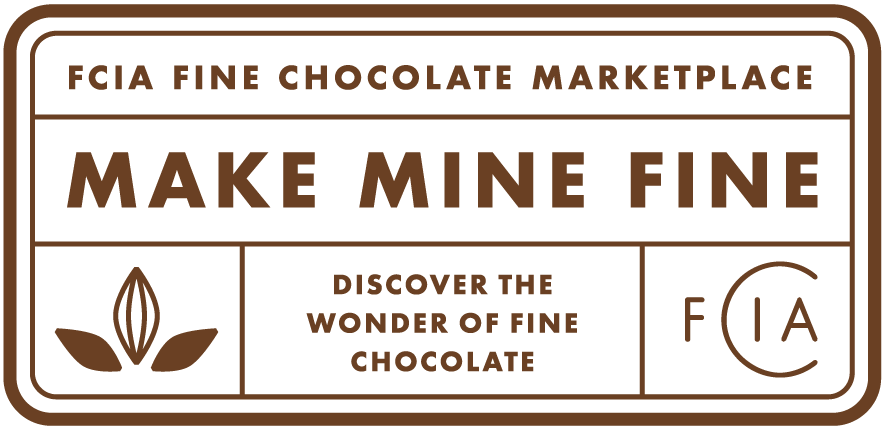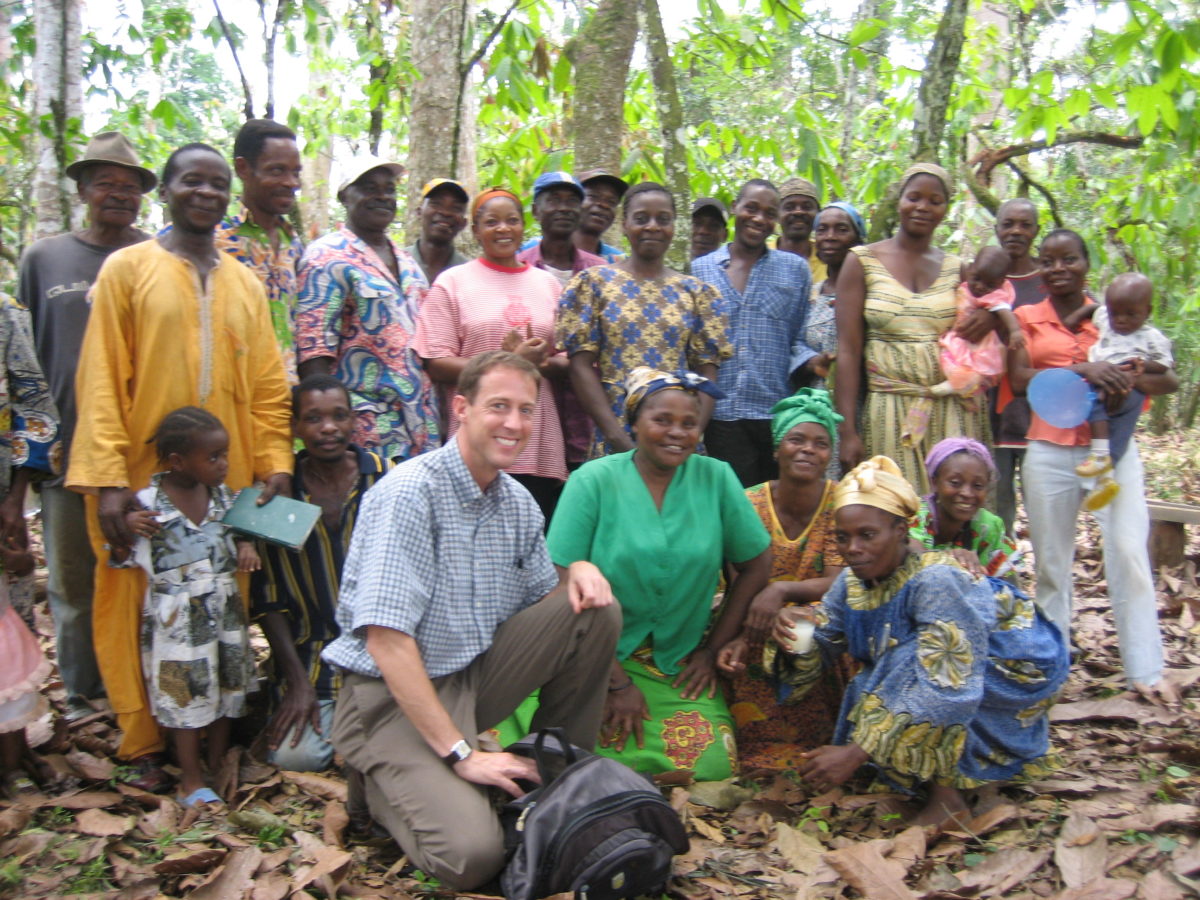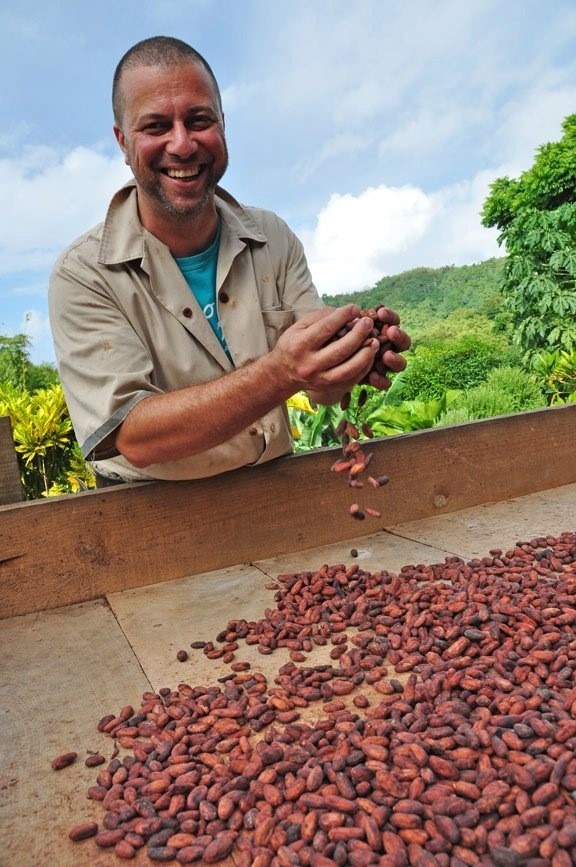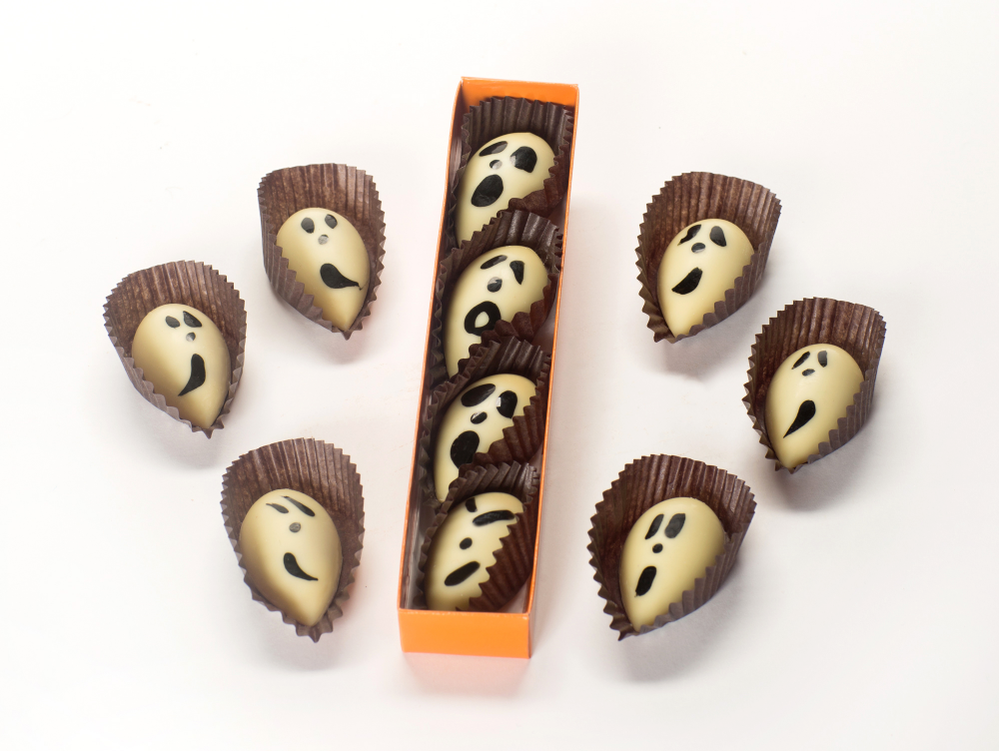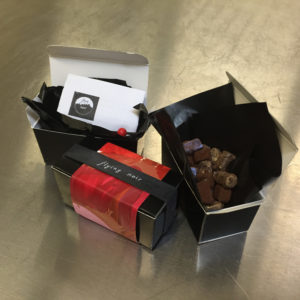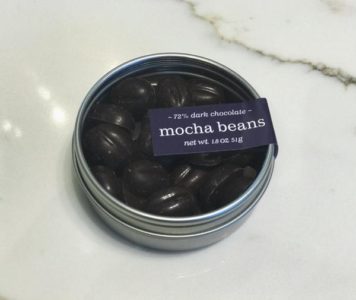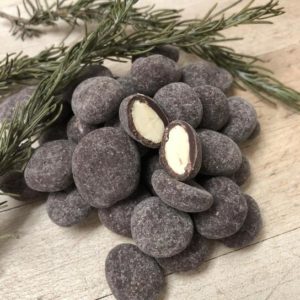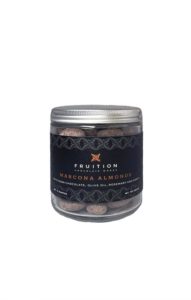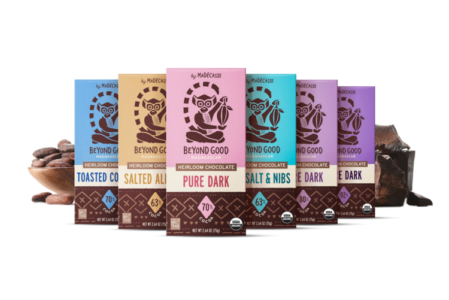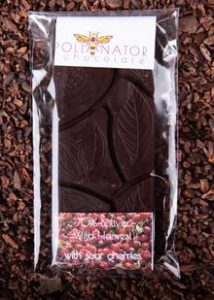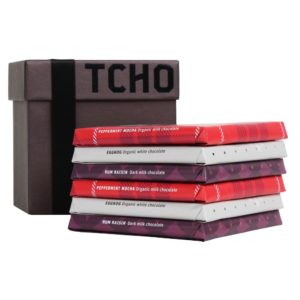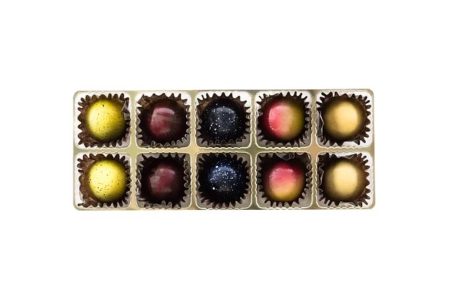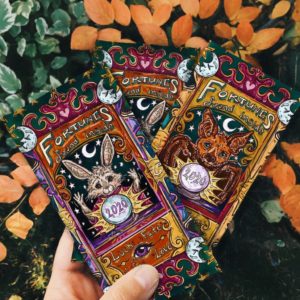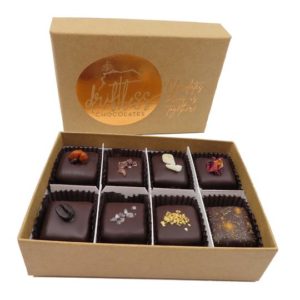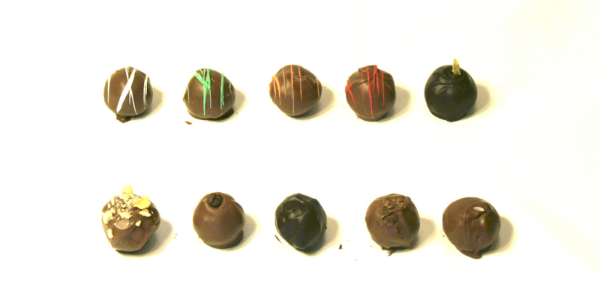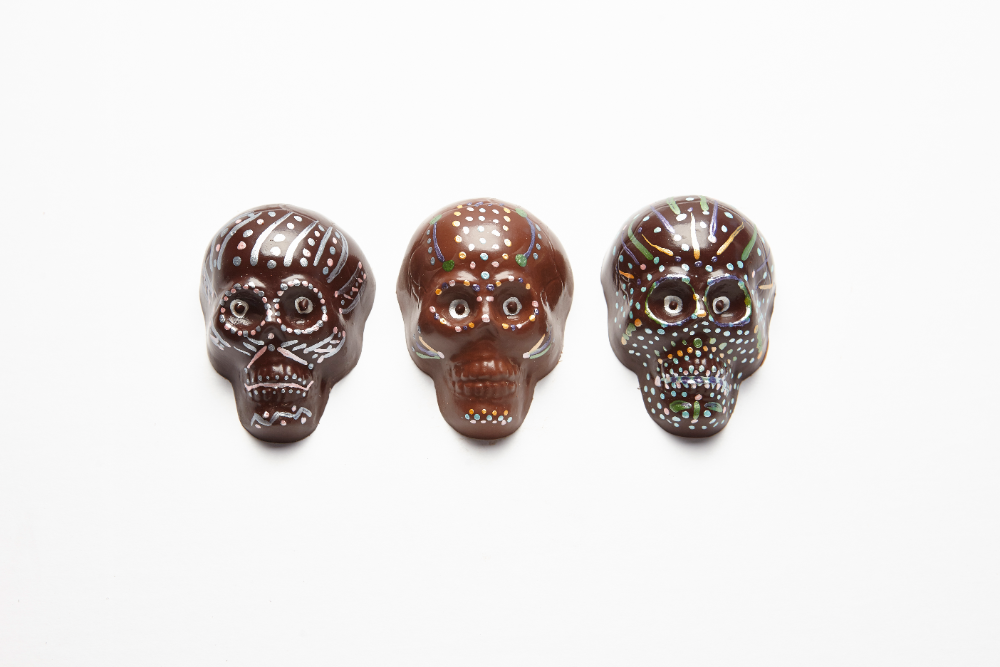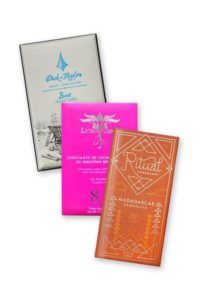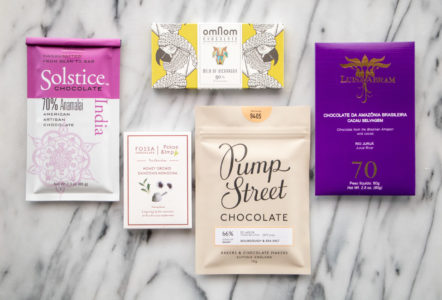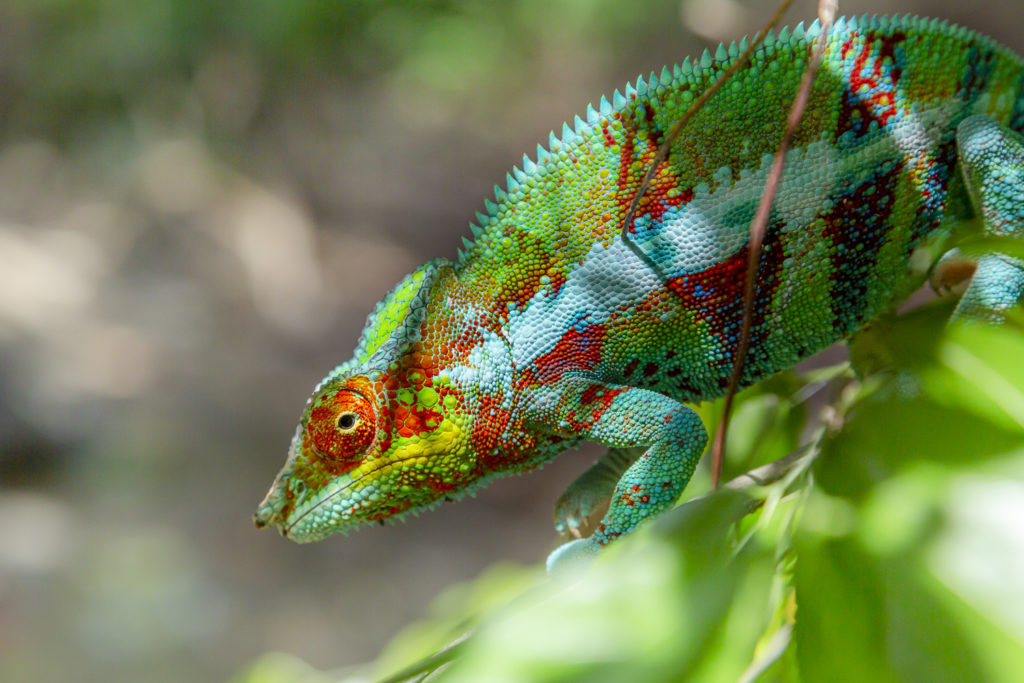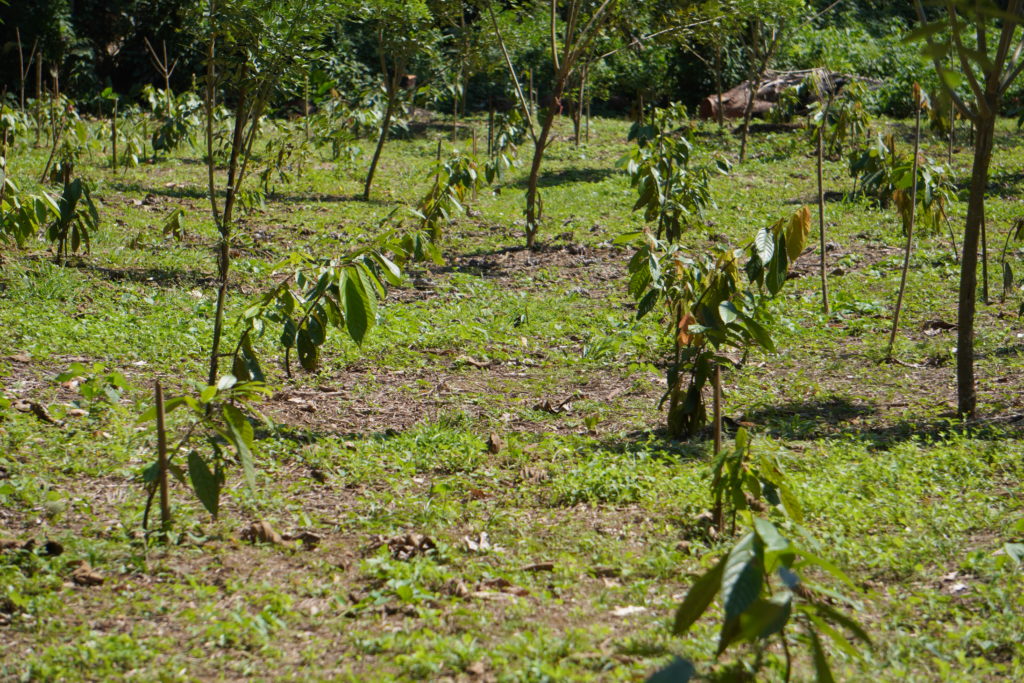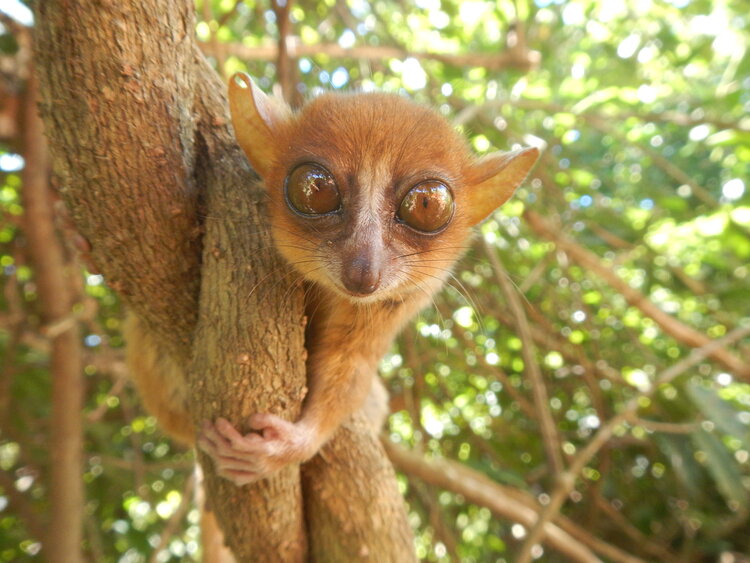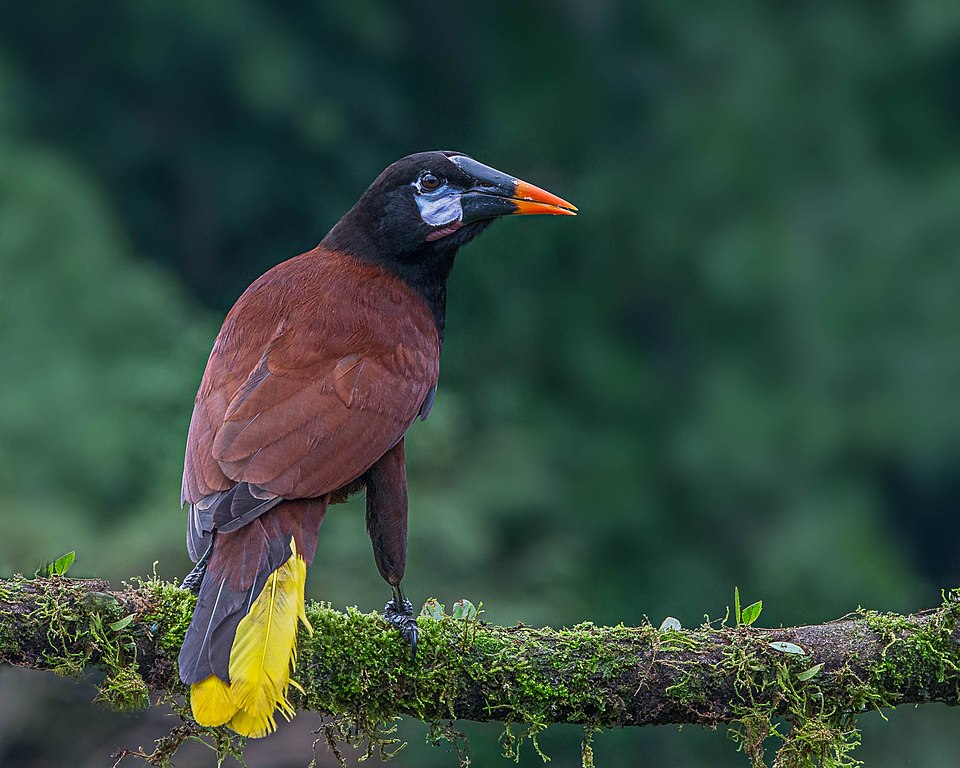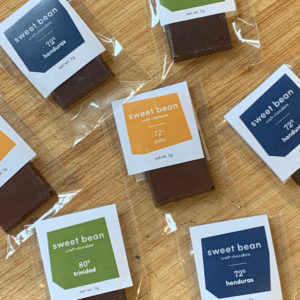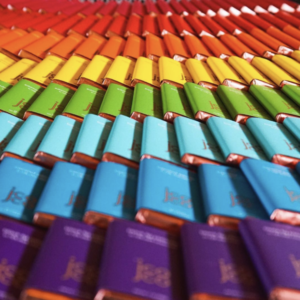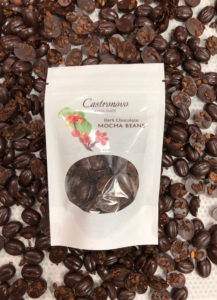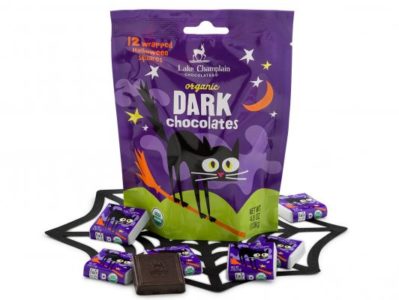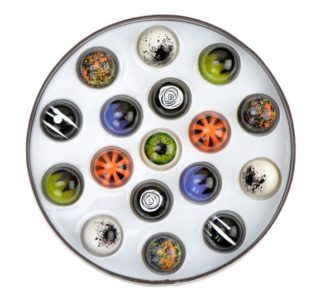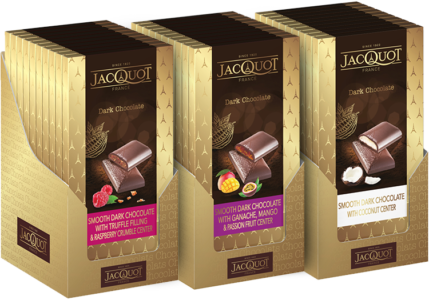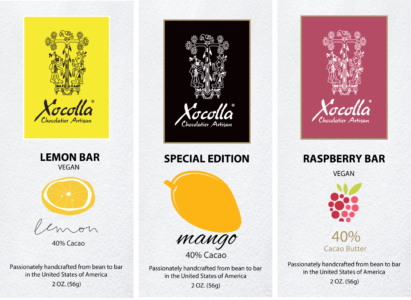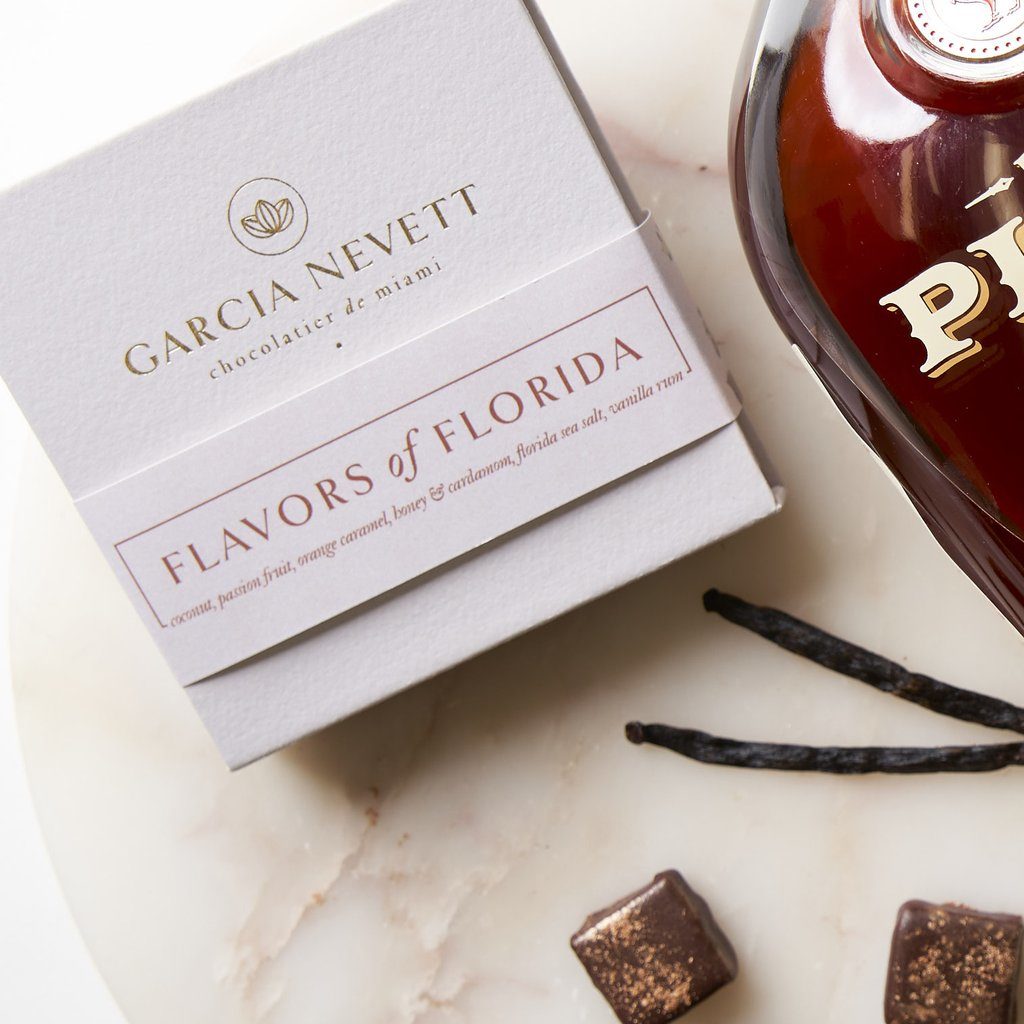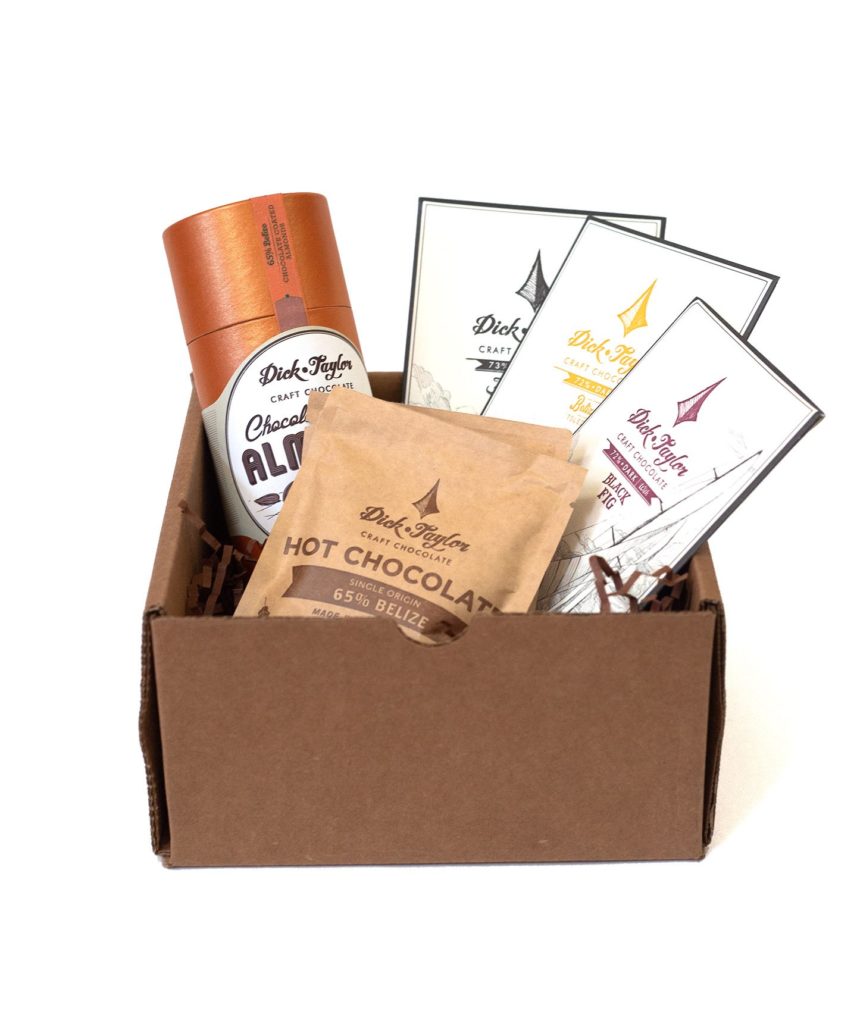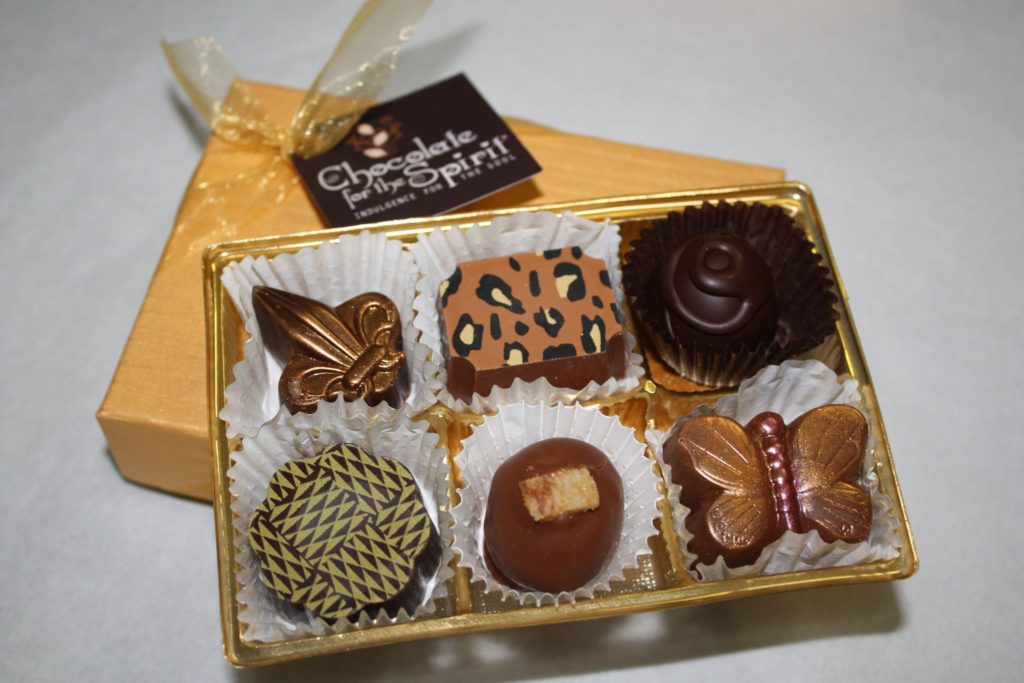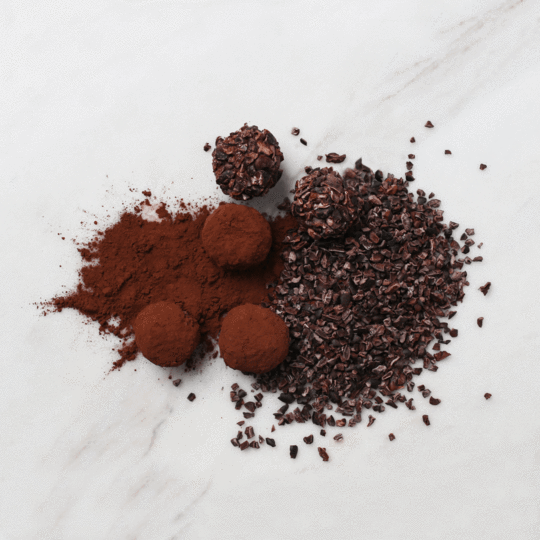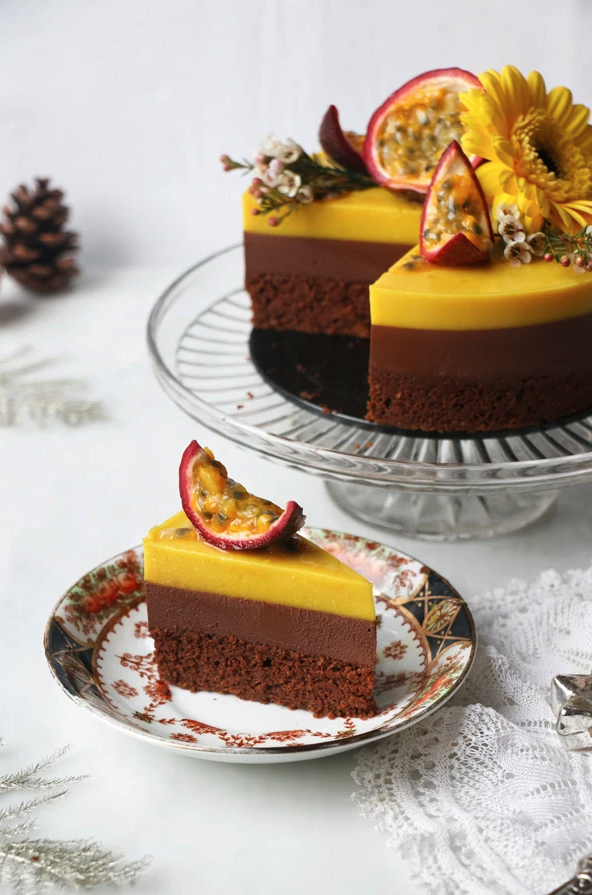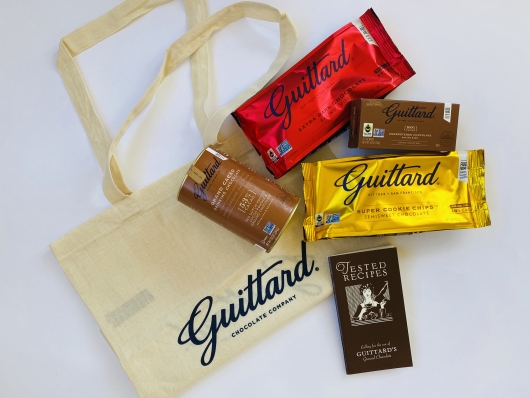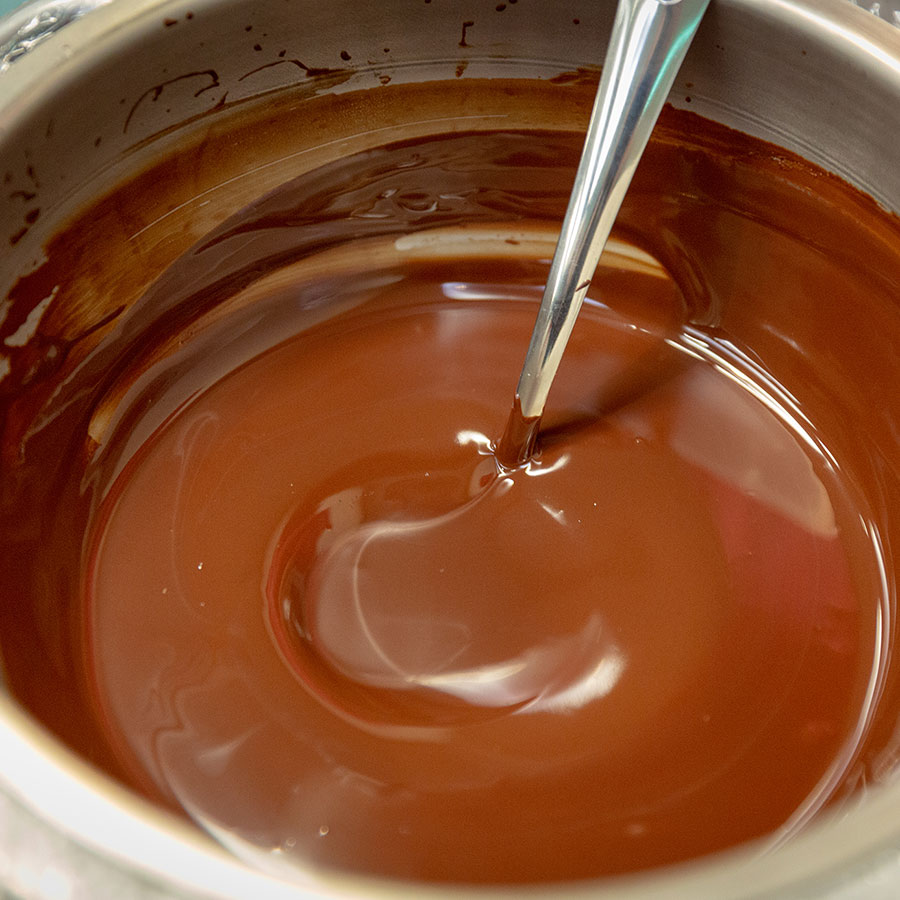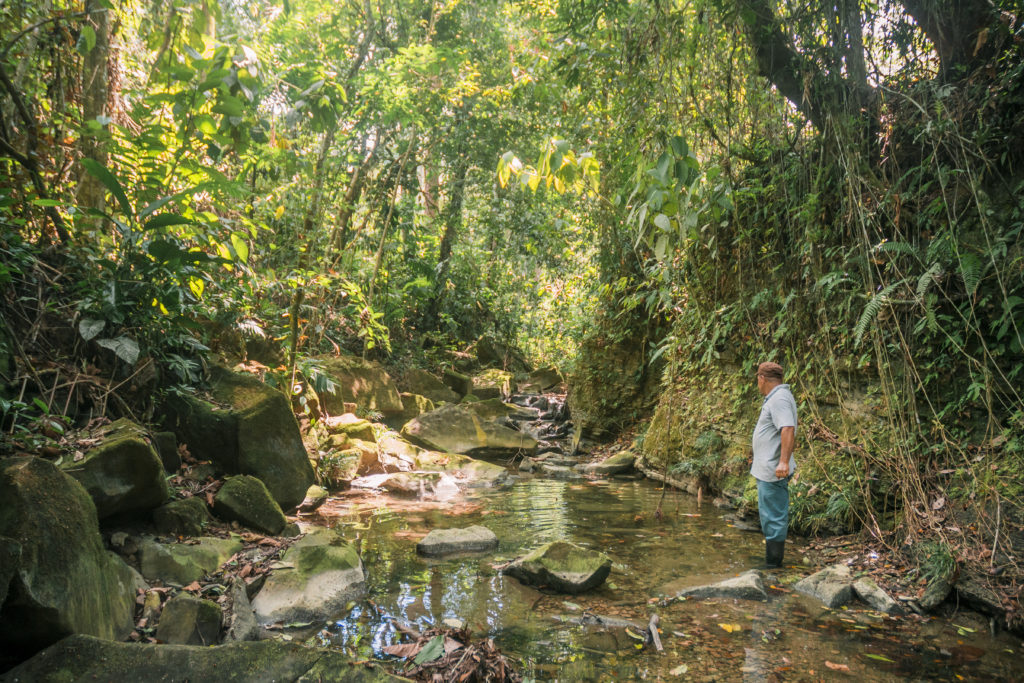It’s hard to believe that next year marks my third anniversary as Executive Director of the Fine Chocolate Industry Association (FCIA). My career path is different from most of the nearly 300 members of our organization. I don’t have a background in culinary arts or chocolate making, nor as a pastry chef. I do, however, have a deep respect for those who make quality chocolate products and the passion and artistry they bring to their businesses. I also am a self-proclaimed “chocoholic.”

My professional career began in 1984 when I joined the US Peace Corps, serving for two years in the Democratic Republic of the Congo. Mompono is a small village situated south of the Congo river, deep in the rainforest. There, I taught tropical agriculture and biology to 150 high school students at a Catholic Mission. The challenges were many. Residents of Mompono lacked running water, electricity, healthcare services, stores, and any regular communication with the outside world. Despite the hardships, I was amazed at the resiliency of the community and the eagerness of students to learn and excel in school. This experience helped shape my interest and career path in international agriculture.
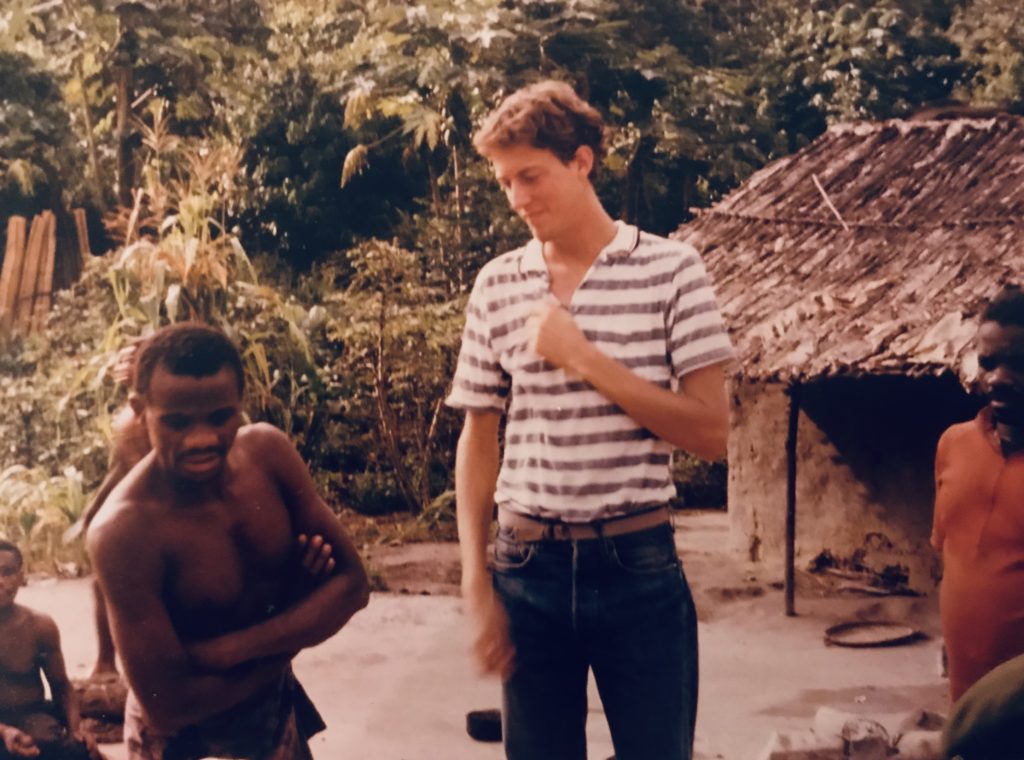
Bill with pygmies 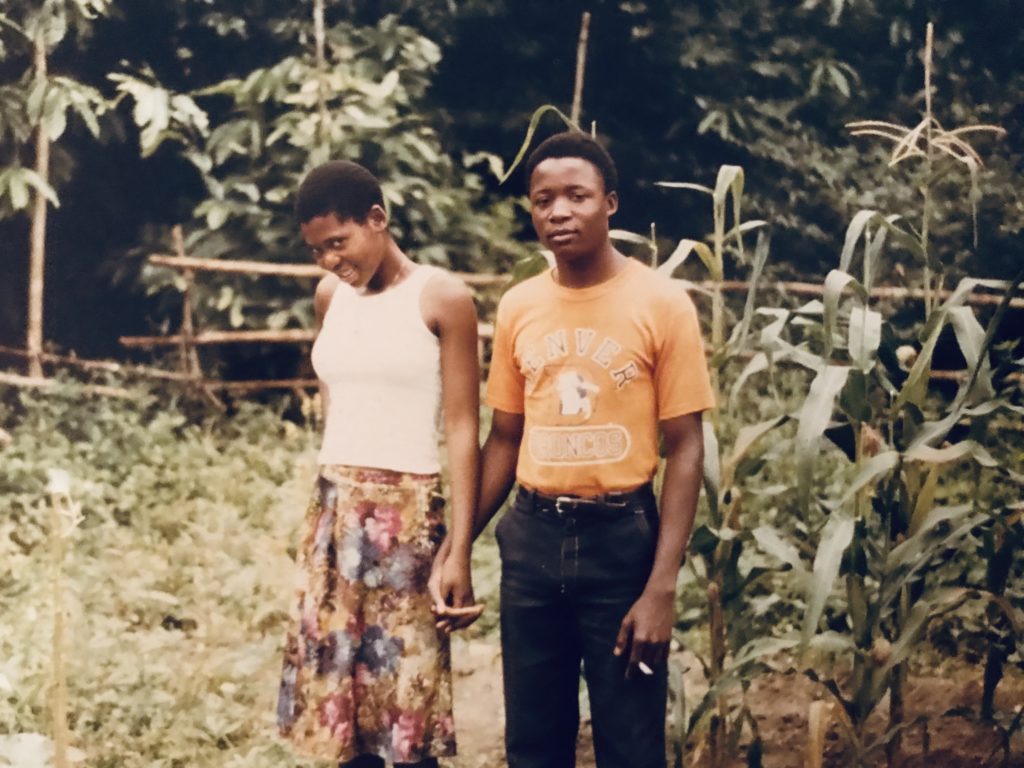
Congo friends
After receiving my masters’ degree in agricultural economics from Michigan State University in 1990, I returned to the Democratic Republic of the Congo for another two years, this time based at an agricultural research station in the Katanga Region. The USAID-funded project provided thousands of farmers with improved maize and peanut seeds, as well as training on farming and marketing. Covered loading docks and bridges were constructed to help store and transport products from rural areas to food deficit areas within the region.
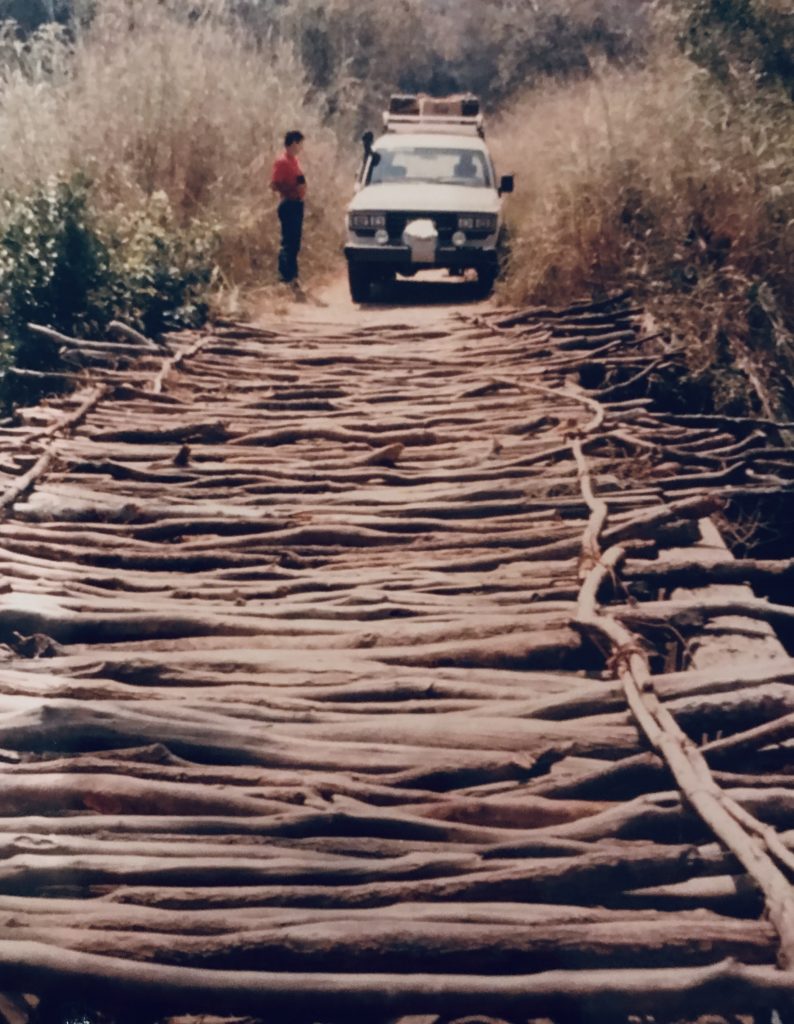
Bridge in the Congo 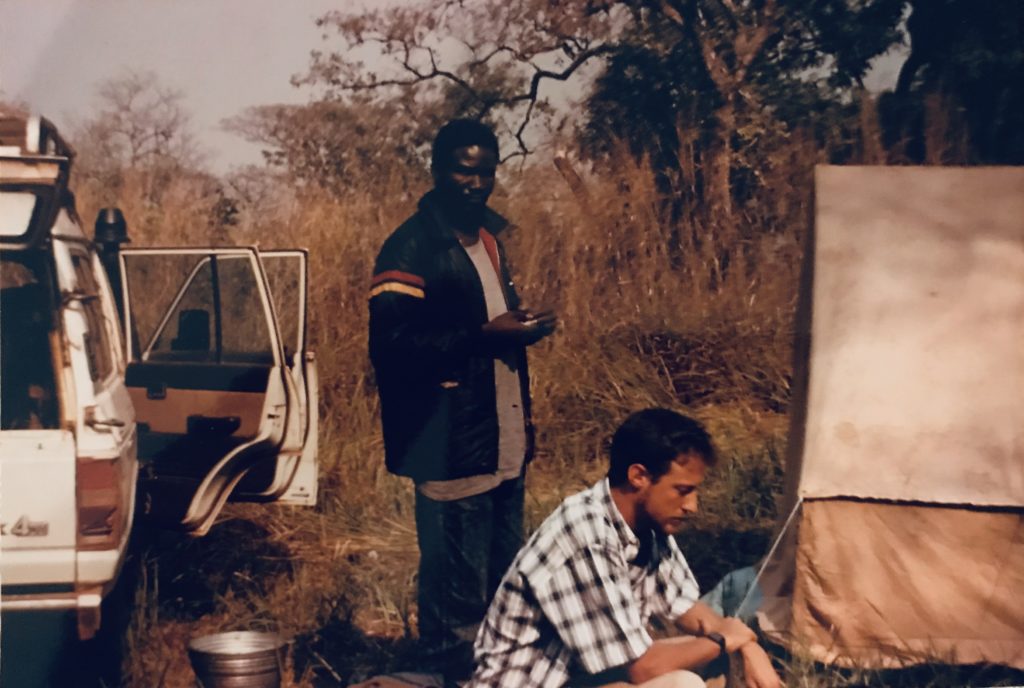
Camping in the Congo 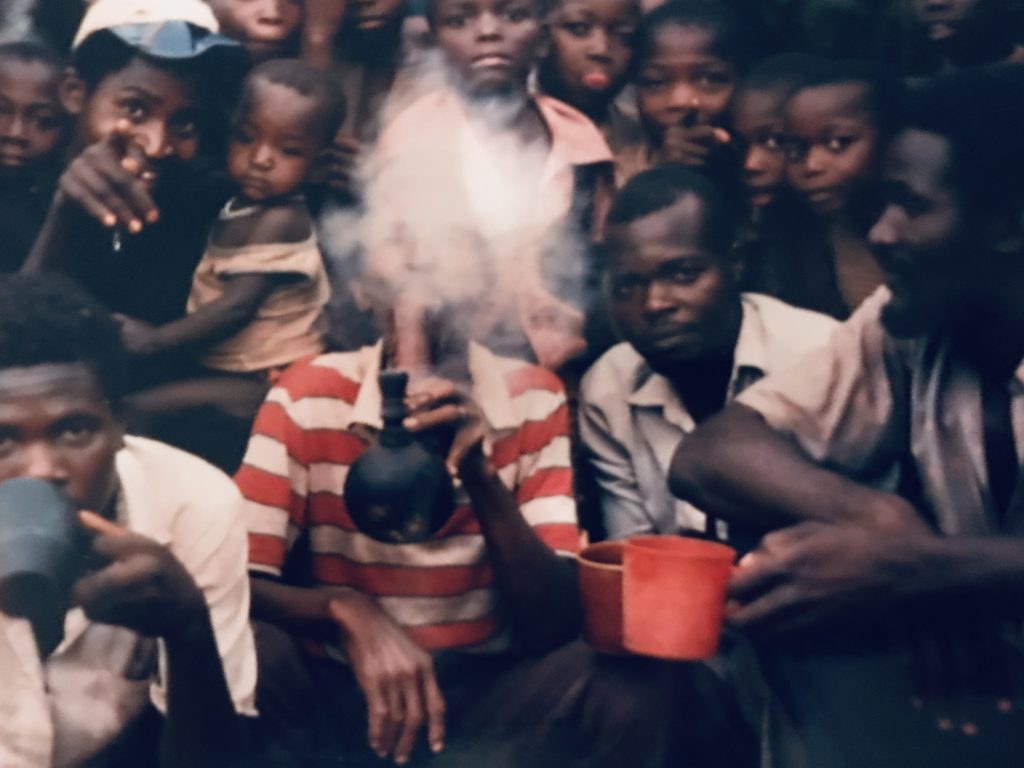
Village scene
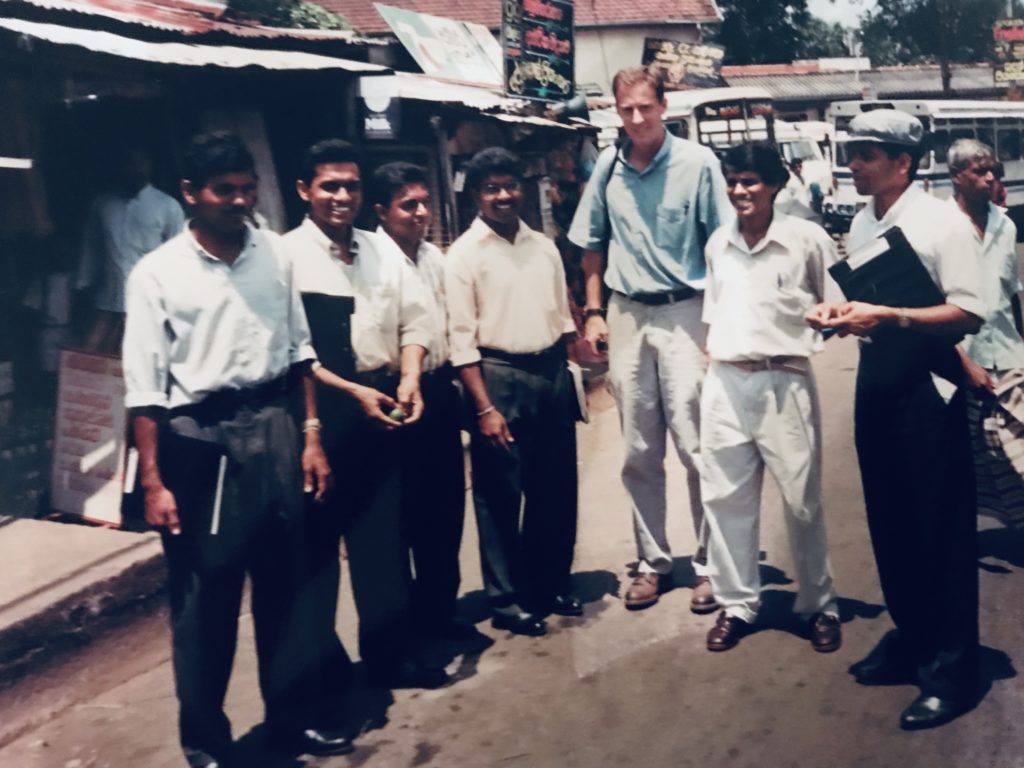
In Sri Lanka 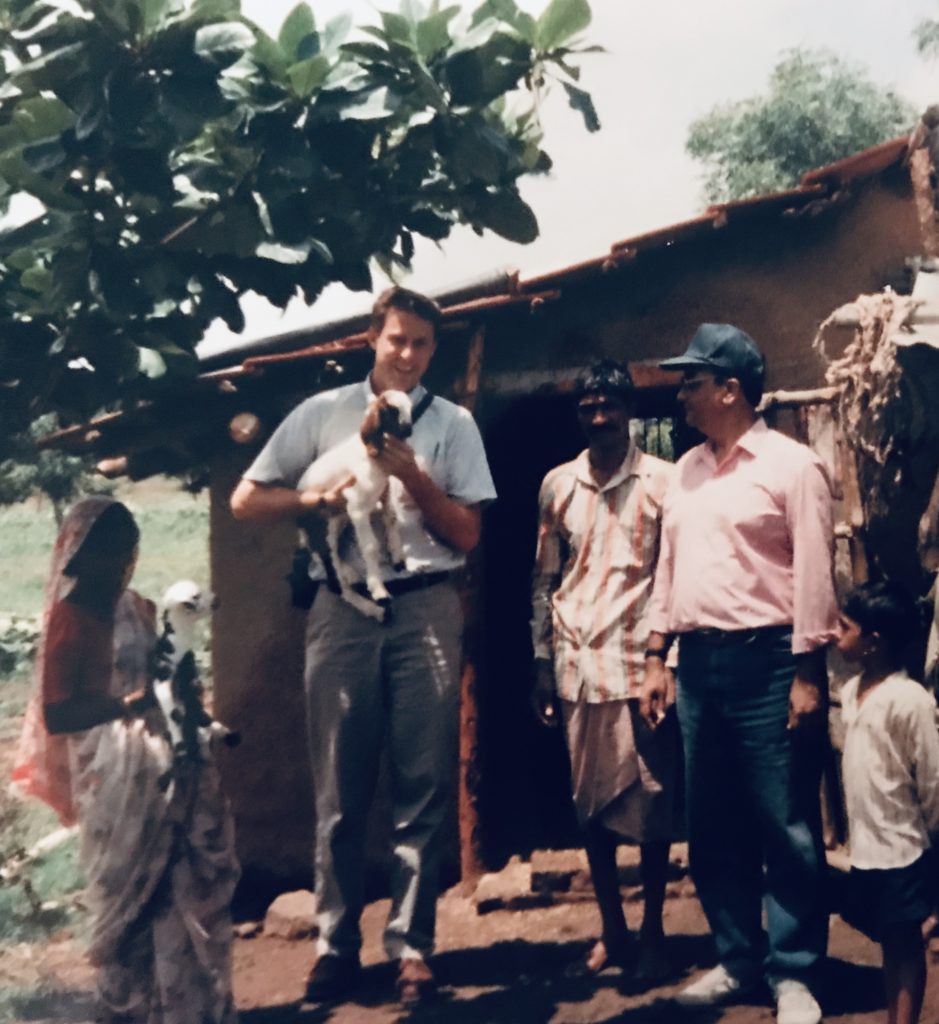
Goats in India 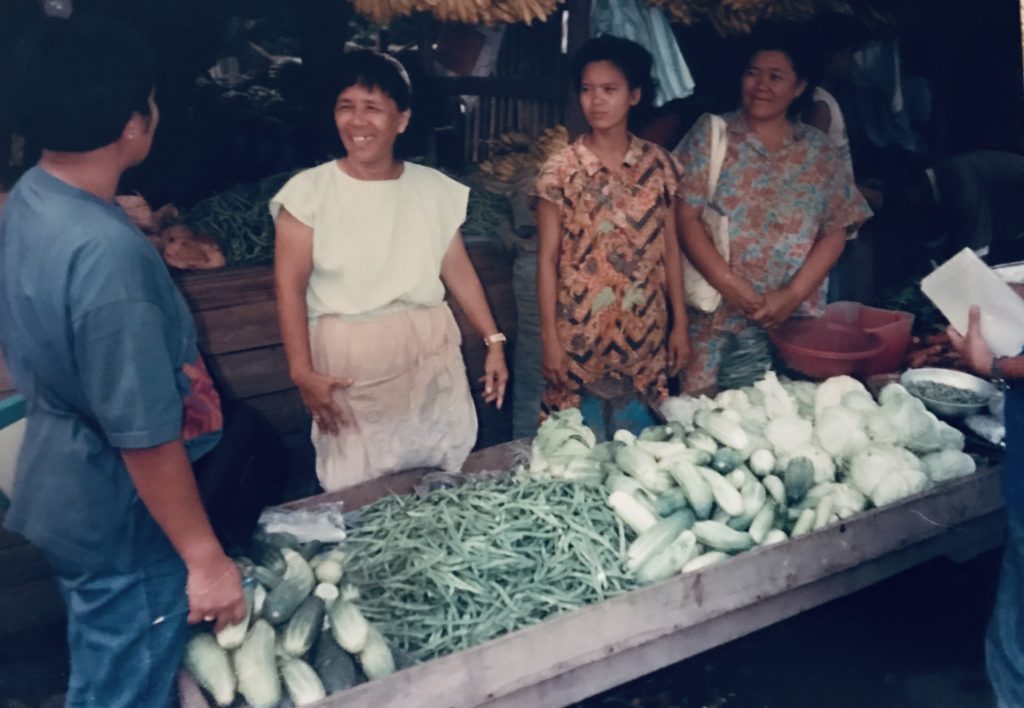
In the Phillipines
For the eight years that followed, I worked on a number of agricultural development projects. In the Philippines, I joined teams to establish electronic marketing and price information systems among retail and wholesale markets, systems which still operate today. In Sri Lanka, I helped design improved wholesale and retail food distribution in Colombo, for the Ministry of Planning. In Jordan, I worked within the Ministry of Agriculture to improve efficiency and planning of agricultural investments.
My career took another turn in 1998 when I joined the US Grains Council. As their Director of Business Development, I identified new markets for US corn, barley, and sorghum. This involved extensive travel to Latin America, the Middle East, and Asia to support and promote feed grains for livestock development.
In 2000, I was asked by major branded chocolate and cocoa processors to lead their cocoa sustainability efforts. At the time, there was very limited knowledge of cocoa farming systems, deforestation threats, child labor or certification.
The World Cocoa Foundation was formed shortly afterwards. I served as WCF president for nearly 16 years, improving understanding and building alliances.
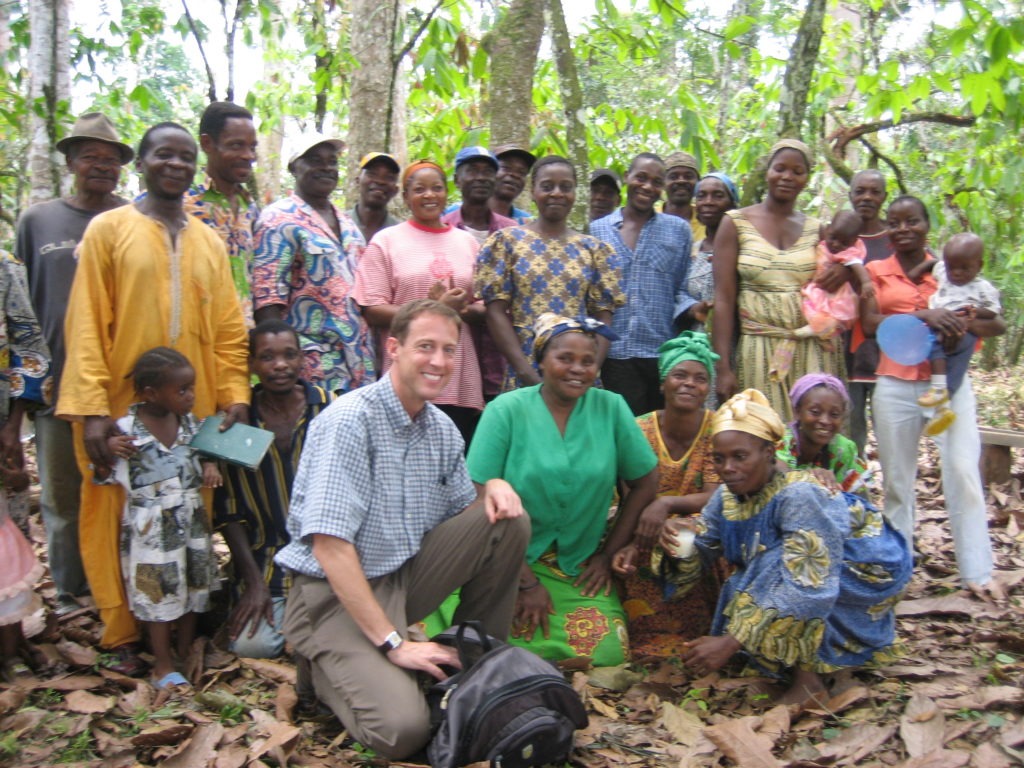
Bill (kneeling in front) with African cocoa farmers 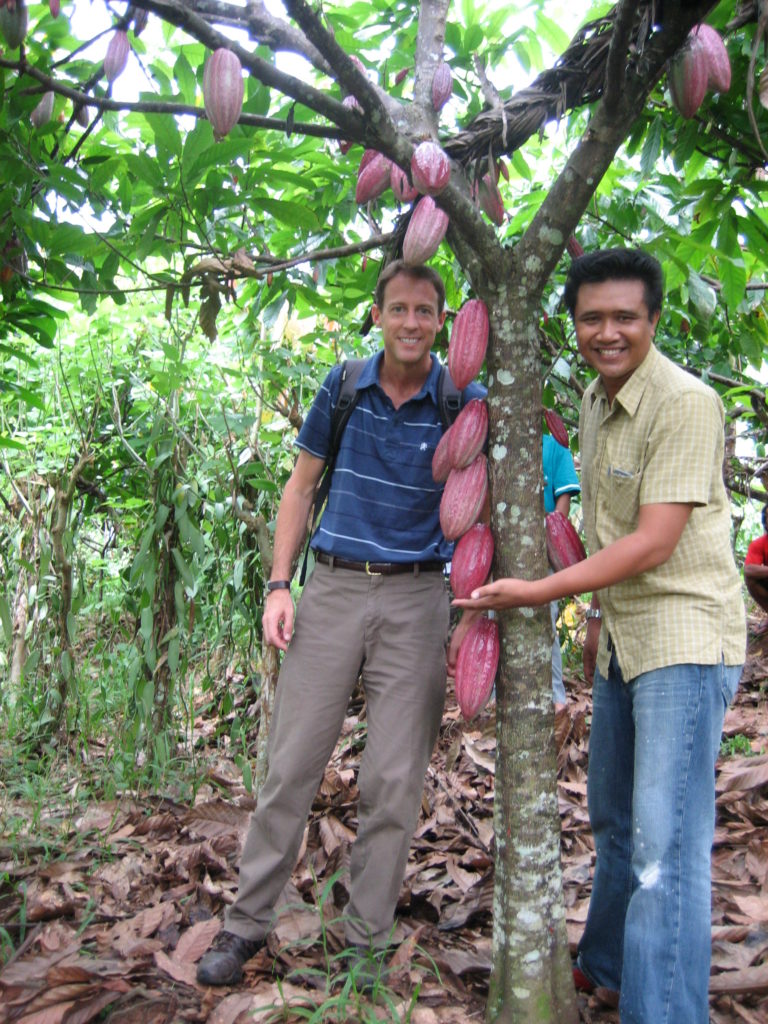
Bill by a cocoa tree in Asia
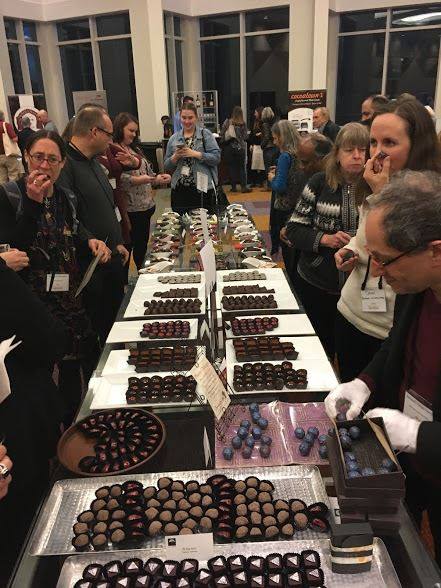
My journey then led me to FCIA, where I am proud to represent a truly extraordinary group of companies and staff who are dedicated to making quality chocolate products and sourcing cocoa in an ethical and responsible manner.
Despite the challenges of the COVID pandemic in 2020, I see some of the same resiliency that I first noticed in communities during my Peace Corps experience. FCIA and our members are adapting to a challenging business environment and will continue to promote and grow this wonderful segment of the chocolate industry. We could not have made this kind of progress without the many partners inside and outside our community.
Thank you.
